In the early 1940s, iconic fashion brands like Christian Dior and Coco Chanel defined the era with their unique styles. Dior, although he launched his "New Look" later in 1947, began influencing women's clothing with designs that celebrated femininity. Chanel focused on timeless elegance, while Claire McCardell championed practicality with her versatile Popover dress. Avant-garde designer Elsa Schiaparelli introduced bold colors, while Norman Norell created luxurious evening wear that reflected Hollywood glamour. Amid wartime restrictions, utility clothing rose, merging style with functionality. This fascinating journey of fashion reveals much more about how style evolved during this dynamic time.
Key Brands of the Era
In the early 1940s, fashion brands played an essential role in shaping the era's style and identity. As the world grappled with wartime austerity, utility clothing emerged as a practical solution, with British manufacturers focusing on functionality. These designs prioritized comfort and durability while still offering a hint of style, a clever balance that many appreciated during such challenging times.
Then came the revolutionary influence of fashion designers like Christian Dior, who introduced his iconic "New Look" in 1947. This haute couture collection emphasized a nipped-in waist and flowing skirts, bringing femininity back into women's wardrobes after years of more utilitarian styles. Dior's designs marked a pivotal moment, transforming how women dressed and igniting a passion for fashion that resonated globally.
American designers also made their mark, particularly in the growing swimwear brands that catered to a post-war leisure boom. With an increasing desire for relaxation and outdoor activities, these swimwear lines provided vibrant options that reflected the carefree spirit of the time.
Accessories flourished during this era, with brands producing wide-brimmed hats and gloves that became essential components of women's outfits. These accessories added elegance and sophistication, enhancing even the simplest of utility clothing.
As you explore the fashion landscape of the early 1940s, you'll see how these key brands and designers shaped an era, balancing practicality and style in ways that still inspire today.
Influential Designers
The early 1940s witnessed a remarkable shift in fashion, driven by innovative designers who challenged the norms of wartime clothing. Among them, Christian Dior emerged as a revolutionary force, introducing his iconic style dubbed The New Look in 1947. This design featured nipped-in waists and voluminous skirts, reshaping women's fashion during the postwar years and bringing back the feminine silhouette that many craved after years of utilitarian garments.
Coco Chanel also remained a significant influence, championing classic designs that emphasized elegance and simplicity. Even under wartime restrictions, she adapted her creations, proving that style could endure despite adversity.
Meanwhile, Claire McCardell made waves in American fashion with her practical and comfortable designs. Her popular Popover dress highlighted the need for versatility, allowing women to feel both stylish and at ease.
Elsa Schiaparelli gained recognition for her avant-garde and surrealist approach, incorporating bold colors and imaginative motifs that stood out in a world of utility garments.
Ultimately, Norman Norell became known for his luxurious evening wear, skillfully crafting sophisticated silhouettes that reflected the glamour of Hollywood, even amid fabric rationing.
These influential designers not only shaped the trends of their time but also laid the groundwork for future fashion movements. Their creativity and resilience during challenging times remind us how important it's to embrace innovation, even when the world seems constrained.
Fashion Trends and Innovations
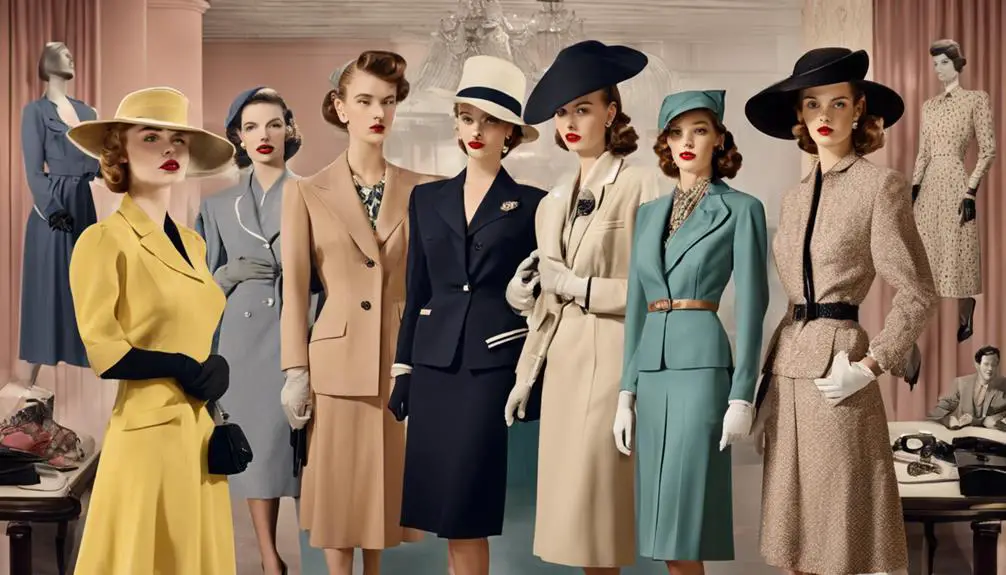
During the early 1940s, fashion underwent a fascinating transformation as designers navigated the challenges of wartime restrictions while still aiming to create stylish garments. One key trend was the rise of utility suits in the UK, which featured practical designs that adhered to wartime rationing guidelines. These garments often had padded shoulders and knee-length hems, balancing functionality with style.
In stark contrast, Christian Dior introduced the revolutionary "New Look" in 1947, emphasizing feminine silhouettes with voluminous skirts and nipped-in waists. This marked a significant shift away from the utilitarian styles that dominated the early part of the decade. While Dior's designs emerged just after the war, they reflected the desire for elegance that had been building during the tumultuous years.
Meanwhile, American designers like Claire McCardell popularized American sportswear, focusing on comfortable and functional pieces. The iconic Popover dress became a staple, catering to women's practical needs without sacrificing style.
The early 1940s also saw the emergence of bold prints and patterns in dresses, as people craved vibrant and expressive fashion as the war began to wane.
Innovations in fabric, such as the introduction of nylon and rayon, allowed designers to explore new creative avenues despite ongoing shortages. These materials not only enhanced the aesthetics of clothing but also contributed to the era's overall sense of optimism and renewal.
With these trends and innovations, the early 1940s set the stage for a dynamic evolution in fashion.
Cultural Impact on Style
Amidst the backdrop of World War II, fashion underwent a profound cultural shift that redefined style for years to come. The war's influence led to the creation of utility clothing in the UK, where practicality and simplicity became essential due to fabric rationing. This focus on functional designs shaped how brands approached fashion, making it more accessible and efficient for everyday wear.
Hollywood stars like Katharine Hepburn played a significant role in this transformation by popularizing trousers and sportswear. By embracing more casual styles, they encouraged a shift in societal norms regarding women's dress, making fashion less formal and more relaxed.
During the 1940s, fashion magazines emerged as vital platforms, shaping public perceptions of style and allowing brands to showcase their latest trends and designs.
As the war ended, Christian Dior introduced the "New Look," which emphasized femininity and elegance, revolutionizing women's silhouettes. This marked a significant departure from the practical designs of wartime, as brands shifted their focus to more structured and glamorous styles.
Additionally, cultural movements, such as the acceptance of zoot suits among minority communities, highlighted the evolving fashion landscape. These bold styles encouraged brands to explore diverse aesthetics and representations, further enriching the fashion world.
In essence, the cultural impact during this time not only changed how people dressed but also how they viewed fashion itself, reflecting broader societal changes that would shape the future of style.
Notable Accessories and Footwear
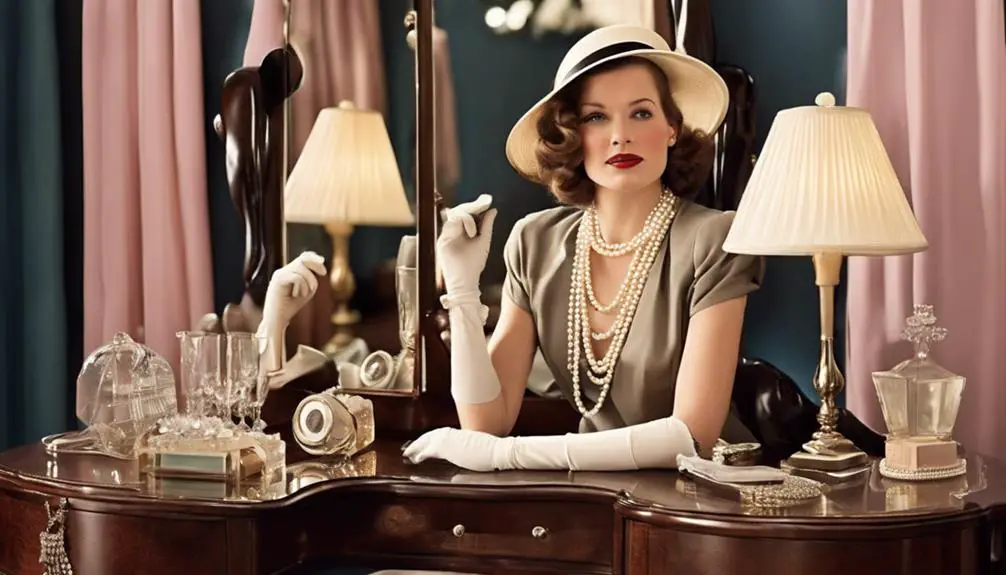
Accessories and footwear in the early 1940s played a significant role in defining style and individual expression. Women often embraced wide-brimmed hats adorned with decorative elements like flowers or ribbons, making them a signature accessory. These hats not only completed outfits but also showcased personal flair during a time of resource limitations.
Gloves were indispensable for formal occasions, with options ranging from wrist-length to elegant elbow-length styles. Crafted from materials like leather and silk, they added sophistication and a touch of class.
Meanwhile, costume jewelry gained immense popularity, offering bold designs in earrings and brooches. These striking pieces allowed women to express their creativity and playful spirit despite wartime material shortages.
Footwear trends during this era leaned toward practicality and comfort. Chunky heels became a staple, providing both style and stability, while loafers were favored for their ease and versatility. Many of these shoes were crafted from sturdy materials, ensuring they could withstand the demands of daily life.
Scarves also played a significant role, serving dual purposes. Fashionably worn as headwraps or neck accessories, they complemented outfits while providing practical benefits, like keeping hair in place or adding warmth.
Whether for a formal event or everyday wear, accessories and footwear in the 1940s weren't just afterthoughts; they were indispensable components that allowed women to navigate the challenges of the time while making a fashionable statement.
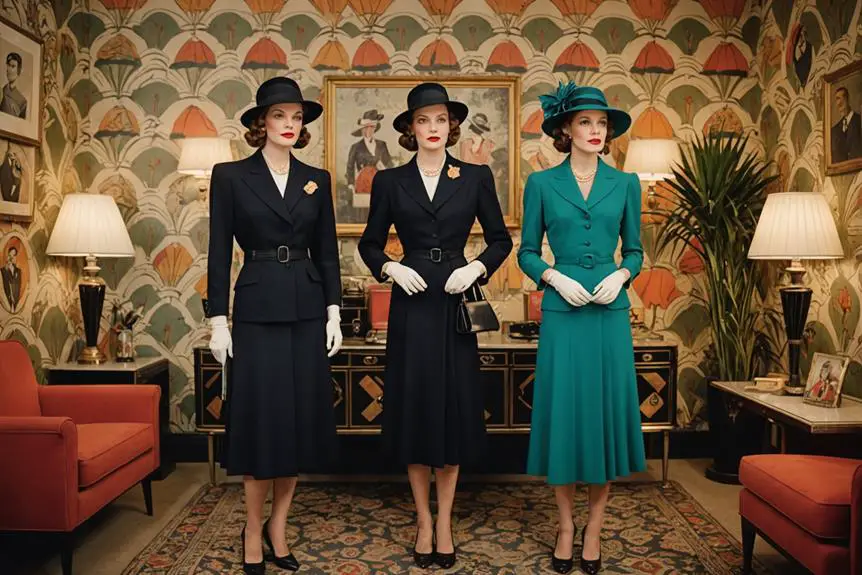


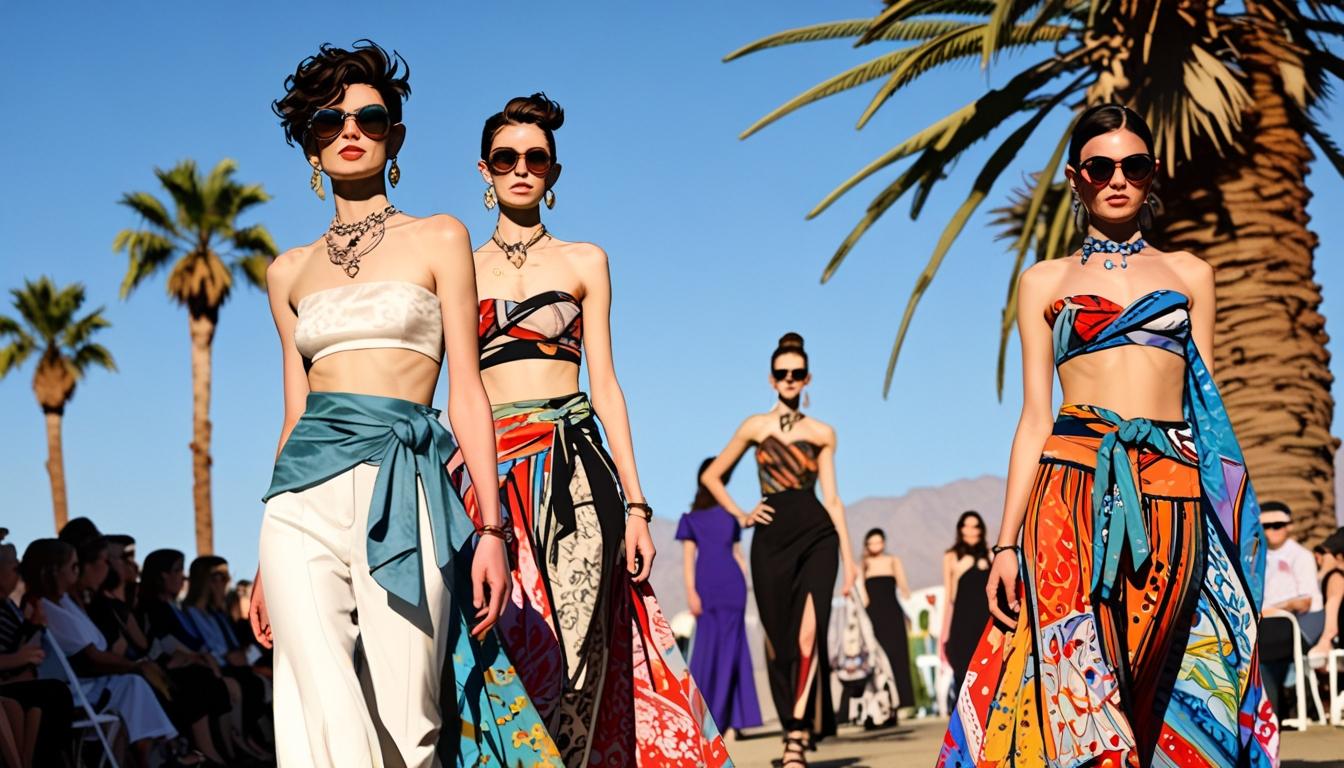
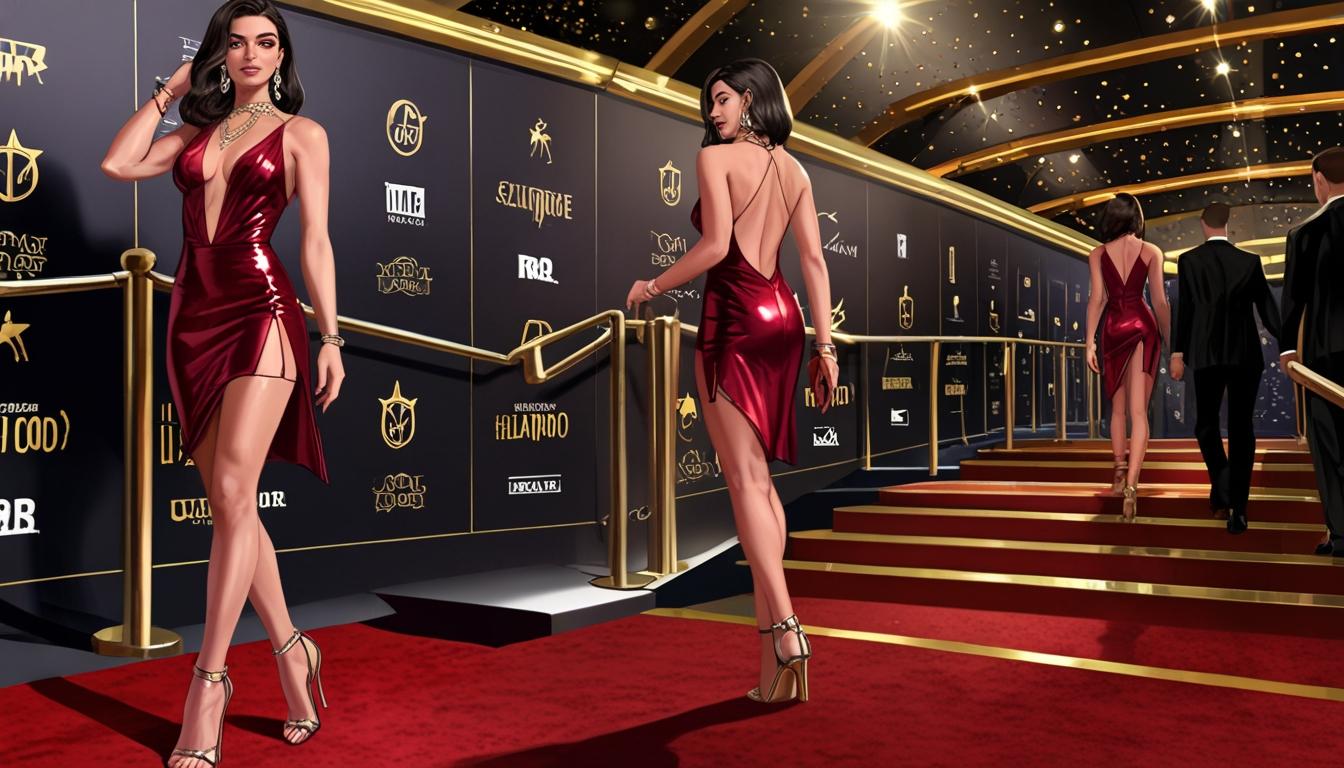
I went over this website and I think you have a lot of wonderful information, saved to my bookmarks (:.